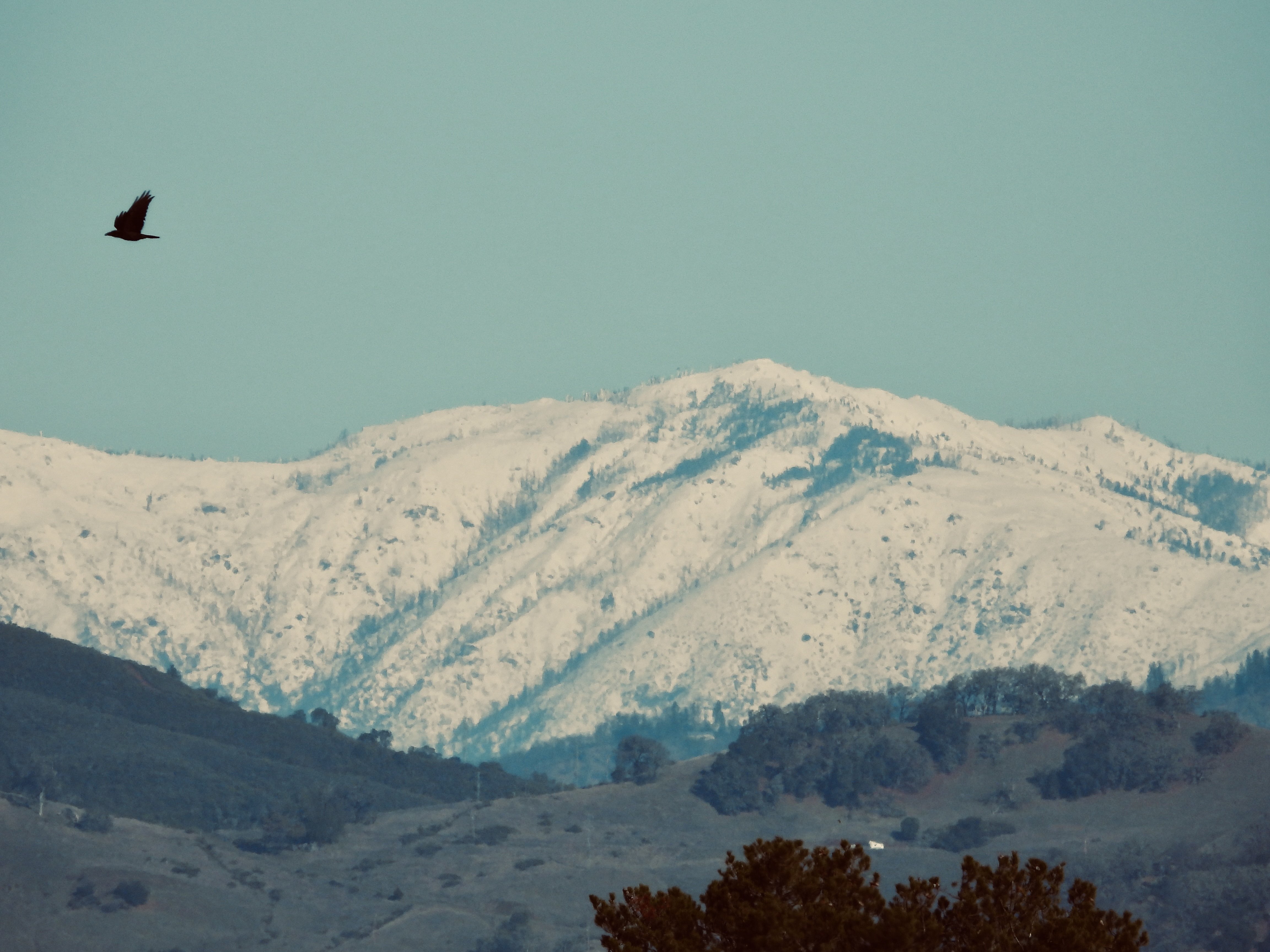The following is a press release issued by the Bureau of Land Management:

Through the Bipartisan Infrastructure Law, the Bureau of Land Management is supporting restoration efforts by the Wiyot Tribe and University of California, Berkeley by contributing $548,350 to improve the Eel River fishery. The funding will help the Tribe expand monitoring and restoration projects in the Eel River Watershed, important habitat for steelhead and salmon populations.
“Partnerships are vital to successful conservation of our nation’s public lands. We are proud to support the work of the Wiyot Tribe and UC Berkeley,” said BLM California State Director Karen Mouritsen. “Healthy fisheries are vital to our North Coast ecosystems and thanks to Bipartisan Infrastructure Law funding, we can continue to improve this watershed.”
Members of the Tribe’s natural resources department will work with a team from UC Berkeley to remove non-native Sacramento pikeminnow, which prey on juvenile native fish, and will track juvenile salmon to learn how much time they spend in the South Fork Eel on their migration downstream to the Pacific Ocean. This information will be used for continued restoration efforts including the Eel River Restoration Plan.
Marisa McGrew, a fisheries/natural resources technician with the Wiyot Tribe, said, “The Bipartisan Infrastructure Law funds will make a difference for the Tribe by building more capacity to be involved in this important restoration work. The Eel River is a special basin with so many folks who care about it. Collaboratively working towards restoring salmonid and lamprey populations will also help restore the Tribe’s role as stewards of the Eel, their namesake river.”
“The sentiment of showing respect to non-native fish while removing it, is important,” she continued. “Sacramento pikeminnow are beautiful fish that have their purpose elsewhere, and the Tribe wants to see their native fish populations thrive without this threat.”
Philip Georgakakos, co-lead of the UC Berkeley team, said Bipartisan Infrastructure Law funding will support a more formal collaboration among the partners working on Eel River restoration.
“The partnership opens new doors to help recover the health and resilience of the Eel River,” Georgakakos said. “Collaborating with our Wiyot and BLM partners makes our combined effort more meaningful and effective. These collaborations work because we share a vision of restoring and managing native fish in the Eel River.”
Gabriel Rossi, co-leader of the UC Berkeley team, added, “This gives us the opportunity to learn from each other’s experiences such as the BLM’s efforts to control pikeminnow in the remote North Fork Eel, and the Wiyot Tribe’s extensive experience monitoring and removing the species. It also helps us to understand the cultural impacts of our work.”
The Eel River makes up the state’s third-largest watershed and flows through rugged interior mountains and fog-shrouded coastal rainforest. The river supports one of California’s largest wild salmon and steelhead runs as well as its largest remaining old-growth redwood forests. The primary fish of interest include steelhead, Chinook salmon, coho salmon and sea-run cutthroat trout. In normal years, Chinook begin arriving in August and remain in the lower river until rains increase river flows, allowing them to move upstream to spawn. The run continues through December, with the peak in late October.
The BLM manages 32 miles of the Eel Wild and Scenic River.








